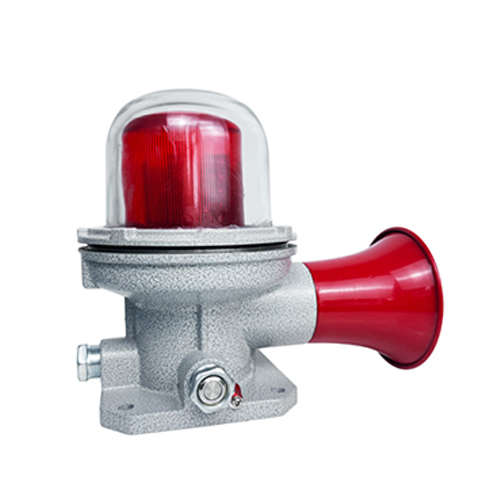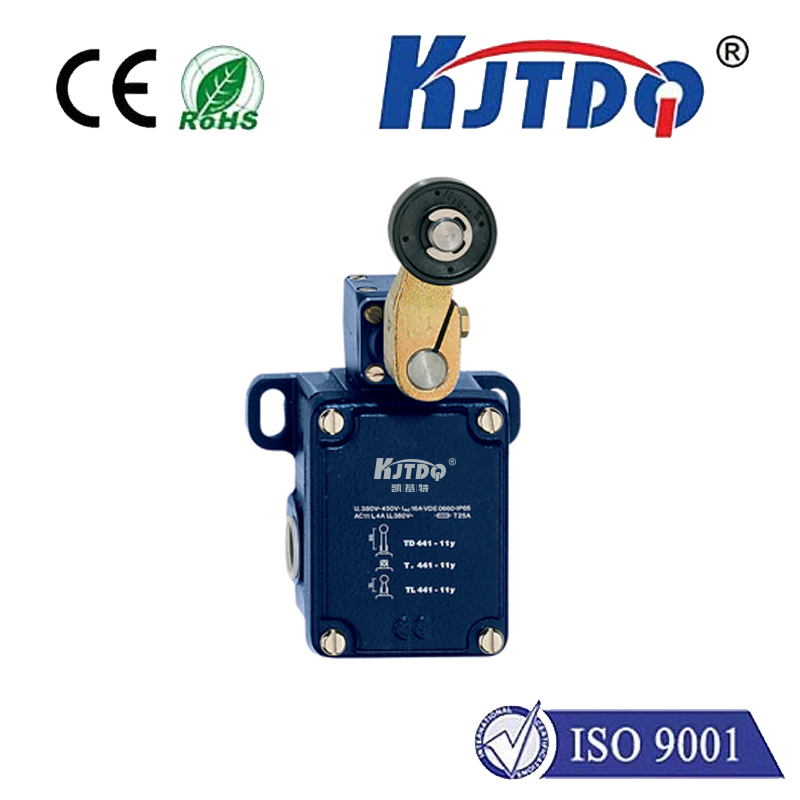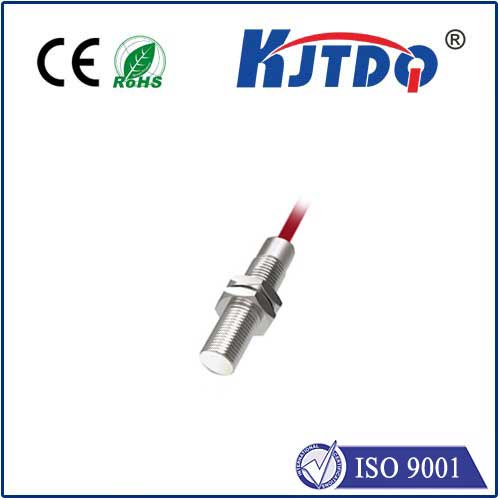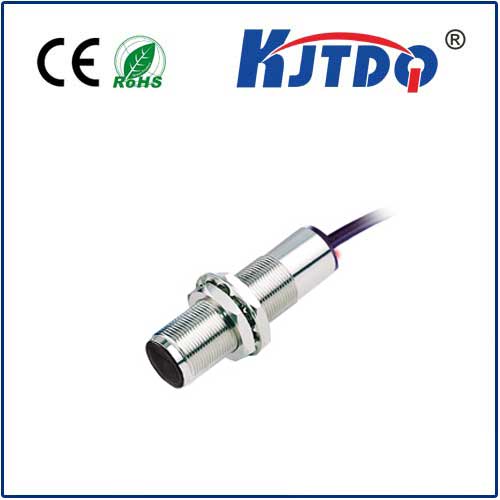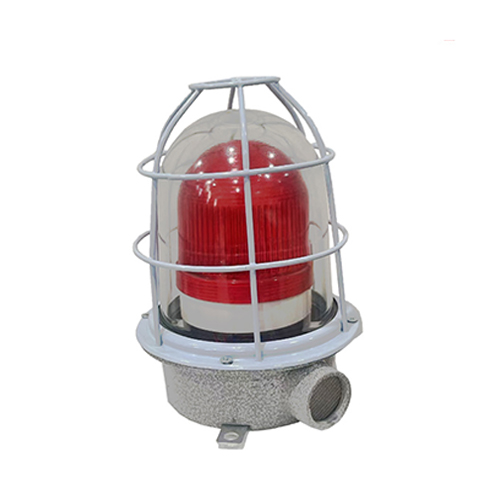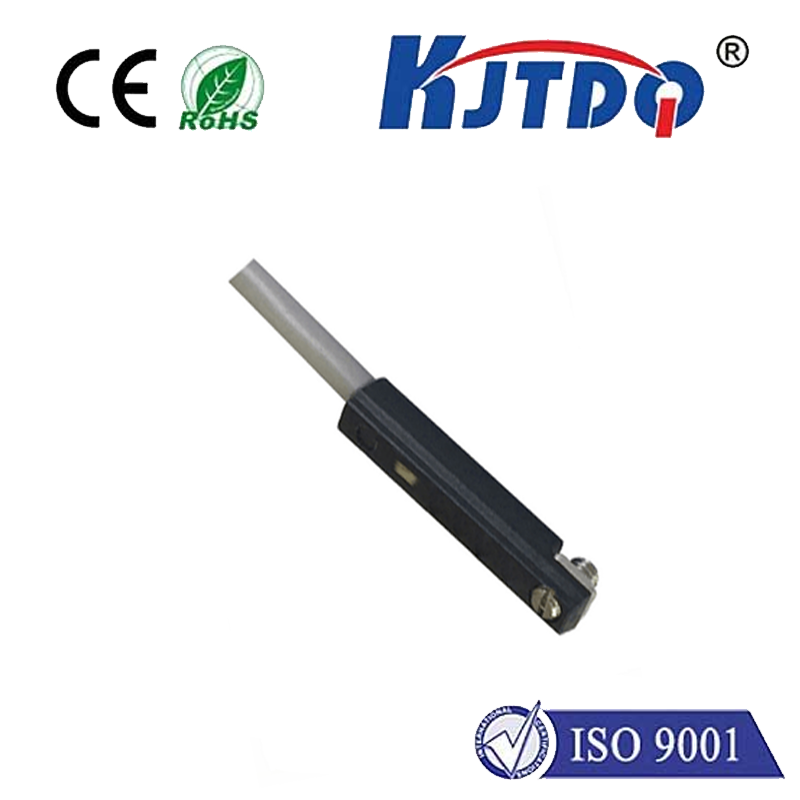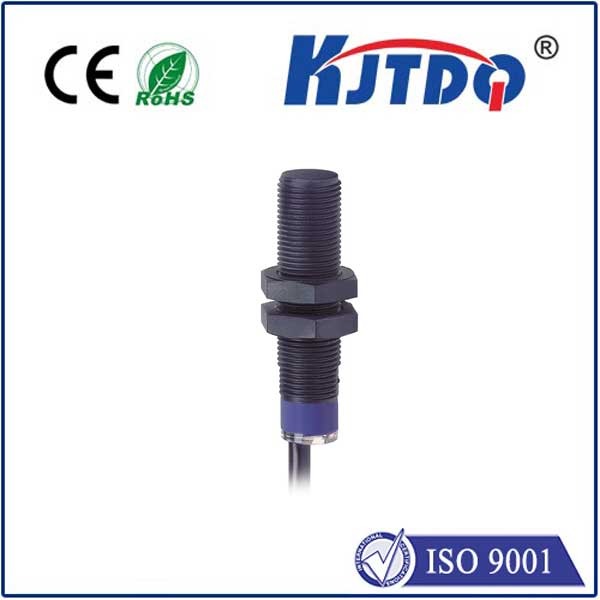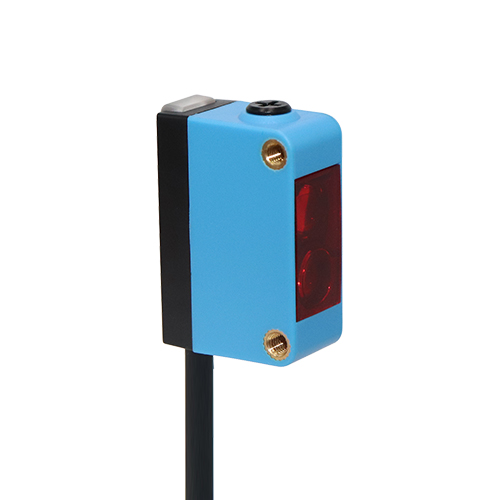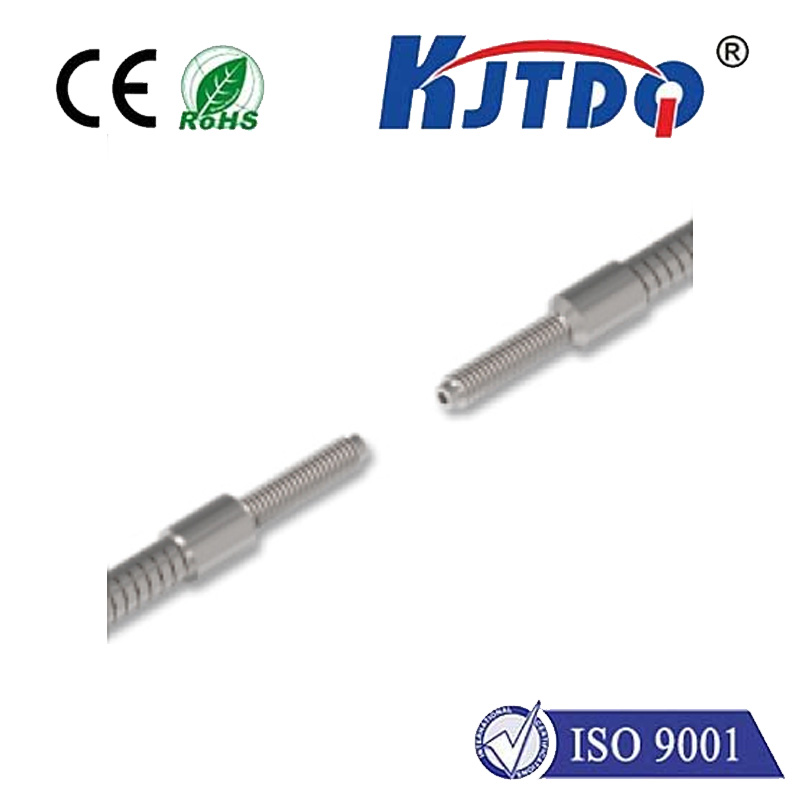

check

check

check

check

check

check

check

check

check

check

Understanding the Specifications: SPS-2E-2-4X-NPT In the world of mechanical engineering and industrial applications, understanding specifications and part numbers is crucial for ensuring compatibility and functionality. One such specification that often comes up is ‘SPS-2E-2-4X-NPT’. This seemingly complex code actually carries a wealth of information about the component it describes. Let’s break down what each part of this specification means. Firstly, ‘SPS’ stands for Standard Portion Size. This indicates that the component follows industry standards for size and dimensions, ensuring compatibility with other standardized parts in a system. Next, ‘2E’ refers to the thread type and class. The number ‘2’ signifies that this is a NPT (National Pipe Thread) thread, which is commonly used in the United States for sealing pipes and fittings. The letter ‘E’ denotes the thread class, which in this case is Class E. Class E threads have tighter tolerances compared to other classes, making them ideal for applications where higher pressure or more secure connections are required. Following that, ‘2-4X’ specifies additional features or modifications to the basic thread. In this instance, ‘2’ might refer to the number of starts per inch, indicating how many times the thread repeats along its length. ‘4X’ could denote a special feature such as a left-handed thread, a different pitch, or an enhanced sealing mechanism, although without further context, the exact meaning would require consultation with the manufacturer. Finally, ‘NPT’ stands for National Pipe Thread Taper, reiterating that the threads are tapered to create a better seal when tightened. In summary, ‘SPS-2E-2-4X-NPT’ is a detailed specification outlining a component with standard portion size, a tighter Class E NPT thread, potentially featuring two starts per inch and some additional unspecified feature related to the ‘4X’ code. Such specifications are vital in industries where precision and compatibility are paramount.

